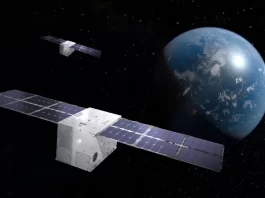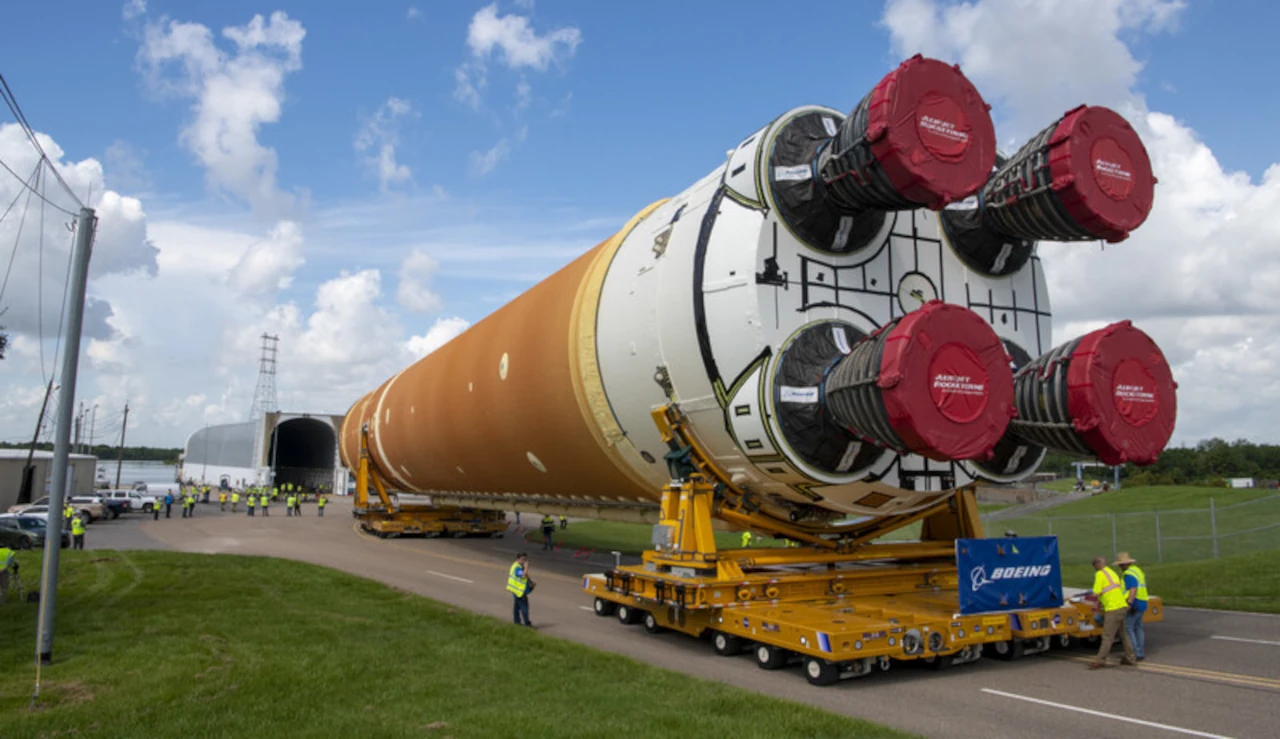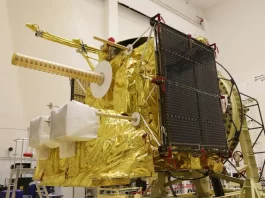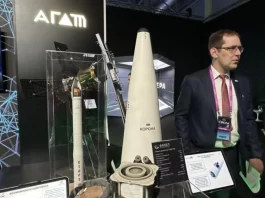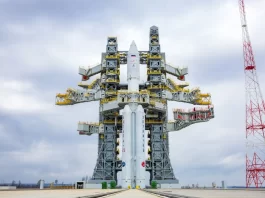Voyager Space (Voyager), a company that specialises in space exploration, and Airbus Defence and Space (Airbus), announced on August 2 that they have reached an agreement that paves the way for a transatlantic joint venture to develop, build, and operate Starlab, a commercial space station intended to succeed the International Space Station. The United States will administer the joint venture, bringing together world-class leaders in the space domain. This will further integrate the space exploration interests of the United States and Europe.
Matthew Kuta, President of Voyager Space, noted that the International Space Station (ISS) is widely considered the greatest successful platform for global cooperation in space history, and the company is committed to maintaining this legacy with Starlab. Voyager Space is also devoted to preserving the moon. According to him, Voyager’s partnership with Airbus in forming this joint venture is to reliably serve international space agencies’ known needs while offering new potential for commercial users.
Through the exploration phase known as NanoRacks, the National Aeronautics and Space Administration (NASA) presented Voyager with a Space Act Agreement (SAA) for 160 million dollars in December of 2021. This Space Act Agreement (SAA) establishes the basis for creating Starlab as part of NASA’s Commercial Low Earth Orbit Development Programme. Starlab will be a continuously crewed, free-flying space station serving NASA and other space agencies and researchers worldwide. The program’s overarching objective is to keep humans and the United States at the forefront of space exploration in low-Earth orbit (LEO). Under the terms of an agreement made public in January of 2023, Voyager selected Airbus to offer technical design support and expertise for Starlab.
In addition, Starlab will establish a European joint venture company that will provide direct service to the European Space Agency (ESA) and the space agencies of its member states.
This news comes after the Systems Requirements Review (SRR), a critical design milestone in the construction of Starlab. The SRR baselines the main space systems, technical readiness, and ability to meet the mission and safety criteria of NASA. In June of 2023, the Starlab SRR) was finished with the team working on NASA’s Commercial LEO Development Programme.

Kuta believes this represents a significant step for future commercial space destination development. He says the organisation is happy to gain NASA’s trust to design the facility to succeed the ISS. With the help of this alliance, Starlab’s ecosystem will soon include international space agencies and a group of people who are dedicated to rethinking the future.
The joint venture can only be implemented once all essential regulatory approvals are obtained.
According to a release from Voyager Space, the company is “leading the commercial space revolution” with over 2,000 completed missions and more than 35 years of experience in spaceflight. In addition, the announcement notes that Voyager provides solutions for international exploration, technology, and defence on behalf of civil and national security groups, commercial organisations, and academic and research institutions.
In July, the company explored the idea of employing the Indian Space Research Organisations (ISRO) Gaganyaan crewed spacecraft to service Starlab by signing a Memorandum of Understanding (MoU) with ISRO, the Department of Space (DoS), and the Indian National Space Promotion and Authorization Centre (IN-SPACe). All three organisations are part of the Indian government.

